Pathways Improvement Scope
LAUSD seeks to recruit and retain CTE teachers and foster collaboration between secondary and community college CTE educators to align CTE curricula with industry standards. Comprehensive professional development programs for CTE teachers will be designed and offered. LAUSD will make sure that all CTE programs are accessible to all students, including underrepresented and disadvantaged populations. Develop a long-term plan for sustaining and qualified CTE teaching workforce in LAUSD. Stakeholder engagement will include parents, educators (secondary and post-secondary), students, community members, and industry partners in the development and support of CTE programs and will continuously adapt strategies to address changing demographic and industry trends.
Goals & Priorities
Project Objectives for Addressing the Shortage of Career and Technical Education (CTE) Teachers and vertical alignment high school and community college CTE curricula in Los Angeles Unified District (LAUSD) that leads to careers in regional priority sectors:
1. Recruitment of CTE Teachers:
a. Identify and implement effective strategies for recruiting qualified CTE teachers with expertise in priority industry sectors.
b. Establish partnerships with community colleges, universities and teacher training programs to encourage graduates to pursue CTE teaching careers.
c. Develop targeted recruitment campaigns to attract individuals passionate about CTE education.
2. Retention of CTE Teachers:
a. Create a supportive and inclusive work environment for CTE teachers to reduce attrition rates.
b. Provide ongoing mentorship, coaching and professional development opportunities for CTE educators to enhance their pedagogical skills and subject matter knowledge.
c. Identify factors and implement strategies to address the specific concerns and challenges leading to resignations and early retirements among CTE teachers.
3. Curriculum Alignment and Development:
a. Foster collaboration between secondary and community college CTE educators to vertically align CTE curricula with industry standards. During the first year, we will partner with East Los Angeles College (ELAC) and Los Angeles City College (LACC) and will expand our work with other community colleges in subsequent years.
b. Establish a regular review process to ensure CTE programs stay up to date with rapid technological advancements in regional priority sectors.
c. Facilitate communication and collaboration between CTE teachers, administrators and industry experts to guide curriculum development.
4. Professional Development:
a. Design and offer comprehensive professional development programs for CTE teachers to enhance their pedagogical skills, refine their industry-specific knowledge and develop their capacity to create cross-sector interdisciplinary projects.
b. Establish integrated pathways for a seamless K-14 educational journey where teachers acquire pertinent knowledge to equip them with the expertise required for students to attain the skills and competencies to be prepared for enrollment in community college.
c. Encourage participation in conferences, workshops, and industry seminars to stay current with industry trends.
5. Equitable Access to CTE Education:
a. Ensure that CTE programs are accessible to all students, including underrepresented and disadvantaged populations.
b. Implement measures to eliminate barriers to entry and success in CTE programs, including facilitating access to resources like scholarships and financial aid to support students.
c. Monitor data and address disparities in CTE enrollment and achievement among different student groups.
6. Assessment and Evaluation:
a. Establish a robust system for assessing the effectiveness of CTE programs and the impact of recruitment and retention efforts.
b. Systematically assess pathway completion rates and analyze student outcomes, including their academic achievements and career readiness to identify specific areas that may need improvement, such as curriculum adjustments, instructional methods or support services.
c. Use data-driven insights to make informed decisions and adjust strategies as needed.
7. Stakeholder Engagement:
a. Engage parents, educators (secondary and post-secondary), students, community members, and industry partners in the development and support of CTE programs.
b. Foster strong relationships with local businesses and industry leaders to provide real-world experiences and opportunities for CTE students.
c. Maintain open lines of communication with all stakeholders to gather input and feedback for continuous improvement.
8. Long-Term Sustainability:
a. Develop a long-term plan for sustaining a stable and qualified CTE teaching workforce in LAUSD.
b. Continuously adapt strategies to address changing demographic and industry trends.
c. Create systems to bolster recruitment, retention, and professional development endeavors for CTE teachers such as creating mentorship programs that pair experienced CTE teachers with newcomers to provide guidance and support, implementing a streamlined application and hiring process to attract and onboard qualified CTE teachers efficiently.
These project objectives aim to address the multifaceted challenges associated with the shortage of CTE teachers in LAUSD and ensure the continued growth and success of CTE programs, ultimately benefiting the students and the regional economy.
Industry Sector(s) Or Pathway(s)
Arts, Media, & Entertainment Building and Construction Trades Business and Finance Energy, Environment, and Utilities Health Science and Medical Technology Hospitality, Tourism, and Recreation Information and Communication Technologies Manufacturing and Product Development Marketing, Sales, and Services Transportation
Additional CCD Partners
